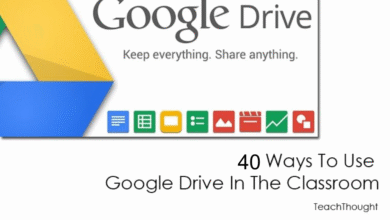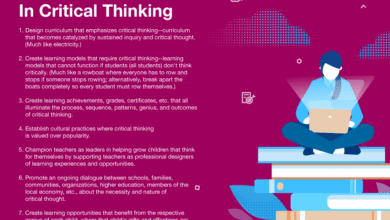
Education has gone beyond acquiring knowledge to acquiring skills using EdTech tools; students learn digital literacy, teamwork, and critical thinking skills.
Using technology in learning also enhances the student’s ability to appreciate and ponder on issues in a previously deemed impossible manner. Thus, tech serves as an additional tool for navigation, similar to how tutors and experts at a professional coursework writing service assist with developing writing skills. Here are some strategies teachers may apply to enhance the interactivity of their lessons through technology.
Set Clear Objectives
Before introducing any digital tools to students, it is best first to establish if it will be relevant to their learning process and how to make it more effective. Additionally, ensure that the tech tools align with your teaching objectives. Therefore, before adopting them, create specific objectives for what you intend to achieve from a specific class and check whether the digital tools will help you attain them.
Additionally, to ensure the tech tools are practical, have specific goals for what you intend to achieve by incorporating them into your class. For example, when using gamification, you can set objectives for the type of mathematical concepts you want the students from specific games, and at the end of the class, you can ask questions to see if the tech tool you incorporated worked.


Implement the Flipped Classroom Strategy
Through technology, students can easily take charge of their learning processes. Therefore, implement the flipped classroom strategy whereby the tutees lead learning, and you provide guidance where they are stuck. The best way to implement a flipped classroom is by using technology to deliver instructional content that students should read outside the classroom.
Then, you can use class time for interactive activities such as group discussions. For example, you can give students reading materials they can access online, which they can go through when they are off class. A flipped classroom helps students learn at their own pace and enhances interaction in class since they will have encountered new material outside of class, making it much easier to engage in discussions in class.
There is a wide range of digital tools that promote collaborative learning. Applications like Google Docs allow teachers and students to work on projects simultaneously. These applications allow you to give instant feedback and check the student’s progress on assigned tasks. Additionally, it promotes collaboration among students since they can work together on group projects.
These digital tools will help you keep students engaged outside the classroom. Your interactions with students will not be limited to the classroom, as you can supervise and comment on their assignments. You can also use online discussion boards and forums to keep the discussions consistent with your students. Through such platforms, tutees can easily reach out to the teacher when they have a problem instead of waiting until they are physically in school.
Utilize Augmented and Virtual Reality
AR and VR can significantly boost class engagement since they make learning more fun. They provide an unmatched immersive experience that intrigues students. VR will transport the students to a new environment, while AR transforms digital information into a real-world experience, enhancing how students interact with their surroundings. These technologies make learning more interactive, allowing students to engage more hands-on with educational content.
For example, VR simulates various theoretical concepts, while AR allows students to interact with digital content, transforming passive learning into active learning experiences. AR and VR can also be personalized to match the users’ preferences and behaviors, making them even more engaging and relevant.
Get Feedback from Students
After introducing specific digital tools to your students, it is essential to understand their effectiveness. The best way to achieve this is by asking for student feedback. You can create polls or distribute questionnaires to help you learn what the students think about these tech tools’ impact on their learning experience.
Understanding your students’ perspectives will help you make the necessary adjustments to make learning more engaging. Students can also suggest the activities or EdTech tools they prefer, giving you insights into what makes them enjoy learning.
Create a Blog
Blogging promotes creativity and engagement in class, especially in language or art classes. You can use it to help students sharpen their writing skills and stay actively engaged in learning. You can host a blog and schedule days for each student to post content.
Posting blog posts also helps them take charge of learning and explore their abilities. Afterward, you can discuss their posts in class and make necessary corrections. Students can create different educational content for the blog, from poems to essays and journal entries. Setting up a blog may take some time, but once it is up and running, it becomes a great way to make learning more exciting and keep the students engaged and in charge of their learning process.
Use Web Quests
Through technology, teachers can explore various exciting learning methods to keep their students engaged in class, and Web Quest is one of them. A web quest is an online adventure that involves challenging students to find specific information online by giving them clues or specific cases to solve.
Web quests promote student autonomy because they make students take charge of their learning and increase their investments in class tasks. Web quests also culminate in a presentation because students will be letting the class and the teacher know their answers and how they arrived at them, which promotes active class engagement.
The Long and Short
Technology affords teachers another method of imparting information and interacting with students. Thus, it is crucial to use tech tools that will help to make the classes more interactive. However, you need to learn how to use them to achieve your objectives efficiently and effectively. Therefore, before incorporating any tech tool into students’ learning process, it is imperative to investigate its effectiveness.
Source link






